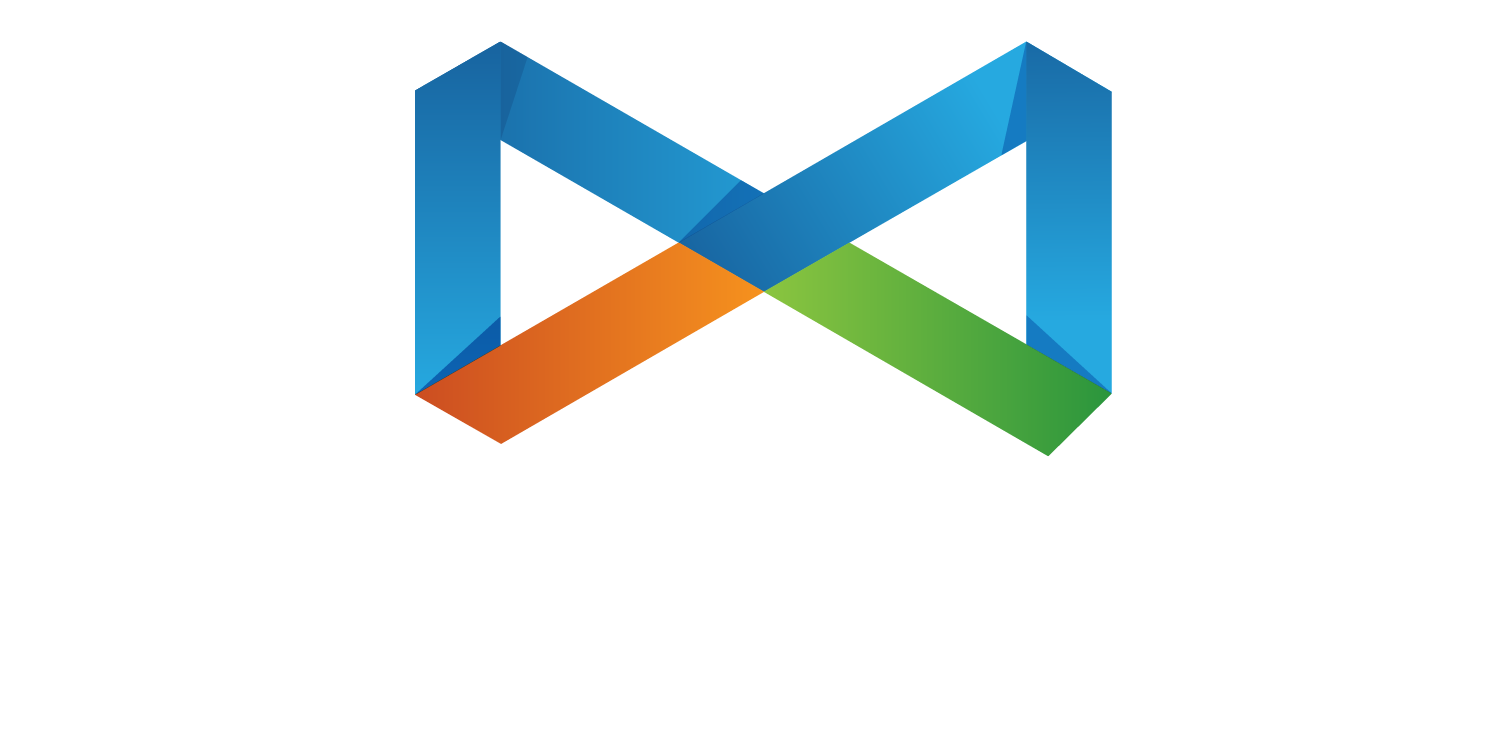What is the most popular social media in the world? If you ask anybody this question, the answer will most likely be the same. Obviously, it is Facebook. Even with the growing popularity of the likes of Twitter, Instagram, etc., Facebook still remains the most frequently visited social media platform.
There is a bit of skepticism here though. Pessimists argue that Facebook begins to wane in popularity. However, such talks result from the mere fact that Facebook's revenue doesn't grow as rapidly as it used to anymore. This, in turn, results from all the advertising capacities for placing ads on Facebook already being used to the fullest. Mark Zuckerberg and his colleagues are looking to fix this by introducing opportunities to place ads not only in the main Facebook app but also in the Messenger.
Before they do, however, Facebook still has a lot to offer in terms of advertising your service or product, regardless of whether your business is a B2B or B2C. It is the ultimate advertising platform not only due to Facebook's dominant popularity but also due to the outstanding personalization of the ads that are shown to the users.
It would be downright shameful for a business not to use all the advertising opportunities that Facebook has to offer. However, to take full advantage of these opportunities, one needs to know how to do it right. Here are some tips on how to build a powerful and effective advertising campaign on Facebook:
TARGET YOUR AUDIENCE
This may seem a no brainer, but there are a few moments here that many advertisers fail to understand. The thing is that your audience here is not a conference room full of people. Instead, your audience consists of many times one person scrolling through his or her news-feed on a desktop or smartphone. Hence, you are to talk to this particular person, like a salesperson at the market.
For example, if you have customized your ad to appear in front of men over 50 living in the UK, then you should visualize such a person and write your ad as if you are having a conversation with one. The aim of your ad's text should be to engage and persuade this particular person.
TARGET MORE THAN ONE AUDIENCE
It is a very rare occasion that a given product or service can interest only one given group of people. For example, even such a seemingly narrow-targeted product as the blue pills may be of interest not only to men at a certain age but also to their spouses. So, why not target both?
What one needs to remember here is that we are talking about two (or more) distinctly different groups of people which, for obvious reasons, you couldn't possibly visualize into one conversation partner to write a perfect text for your ad. This is why you should not show them the same ad. Instead, you should prepare a separate ad for each of your target groups.
BE LACONIC
Since you have paid for that Facebook ad, you will obviously be tempted to squeeze in as much information as you can. However, nobody will bother to read a long ad. A perfect advertisement will consist of not more than three sentences answering three crucial questions:
- What do you do?
- How your clients can benefit from it?
- How can they get it?
Another critical thing to keep in mind here is to keep it down to earth. You are not writing a poem or an essay for a school contest. This is no place to impress your reader with sophisticated vocabulary and elaborate stylistic devices. Your text should not be thought-provoking, you do not want to cause any ambiguity. So, keep your sentences short and words simple.
HAVE A CLEAR MESSAGE
Today, every time we go online, we get heavily bombarded with information. We do not have any spare time or effort to think about all the information that we receive. If we see a brilliantly written ad with a great picture next to it but without an instant and direct call to action, we may like it, but we don't know what the ad wants us to do. And we will not stop to think about it. We will just keep scrolling and forget we ever saw that ad.
This is why your ad needs to tell the user what to do. Of course, before you can do that, you need to make up your mind as to what exactly you want your audience to do. Do you want to sell? Do you want to attract leads? Or maybe you are just increasing brand awareness? Answer this question to yourself before you start working on your campaign.
As for putting your call to action into the ad, the most obvious way is simply to inscribe it on the button that you put in your ad: "Go Shopping," "Discover more," etc.
PICK THE RIGHT PICTURE FOR YOUR AD
This piece of advice is so obvious that it often gets overlooked. There are two most common mistakes here:
- Some smaller businesses have no picture library of their own to use for ads or not enough time to pick and prepare a proper picture for the ad campaign. So, they end up just picking something bright and flashy to catch the eye of the user.
- Another extreme is making your ad campaign too sophisticated and having the picture connect to the add “metaphorically.” Some people are convinced that making an ad into a puzzle will make it more fun and engage the user. Most of the time, however, it simply leaves the user puzzled.
Either way, the result is the same: the user skips the ad. As we have discussed, a present-day user has a short attention span. We are overwhelmed by information and will be simply reluctant to pay our valued attention to something that requires extra effort. We do not trust an ad where the picture and the text are not connected in a direct and obvious way. We skip it.
If you struggle to find a proper picture for your ad, rest assured that everything you need can be found online. There are extensive image banks and user-friendly image-editing tools with all the functions you may need.
HIRE A PROFESSIONAL
While bigger companies can afford to hire a special person for creating ads full-time, smaller businesses cannot. Instead, they tend to trust the job to a not quite qualified employee, which results in lame yet critical mistakes, rendering the ad campaign much less effective than it could be.
This can easily be avoided by hiring a professional for this one-time job. Such professionals are not very hard to find. All you have to do is google “custom writing” and you will see dozens upon dozens of websites offering custom writing services.
Truth be told, these companies mostly specialize in helping out students with their written assignments, but most of them will basically take any text-related job and have it done by a pro.
To conclude, we would like to share a bonus tip: Sharing is caring.
Be strongly advised to keep track on both online and offline events dedicated to Facebook advertising: lectures, seminars, symposiums, etc. Even if the topic seems dull to you, you should remember that reading one or two articles (as awesome as they may be) on the Internet does not make you an expert on such an ever-changing topic as Facebook advertising.
On the bright side, you get the chance to interact with your colleagues. You can discuss which tricks do the job and which not so much. You can share some tips of your own and get tips from your colleagues in return. As a matter of fact, you are welcome to start right here in our comment section.
About Lori Wade
Lori Wade is a freelance content writer who is interested in a wide range of spheres from education and online marketing to entrepreneurship. She is also an aspiring tutor striving to bring education to another level like we all do. If you are interested in writing, you can find her on Twitter or Google+ or find her on other social media. Read and take over Lori’s useful insights!
















